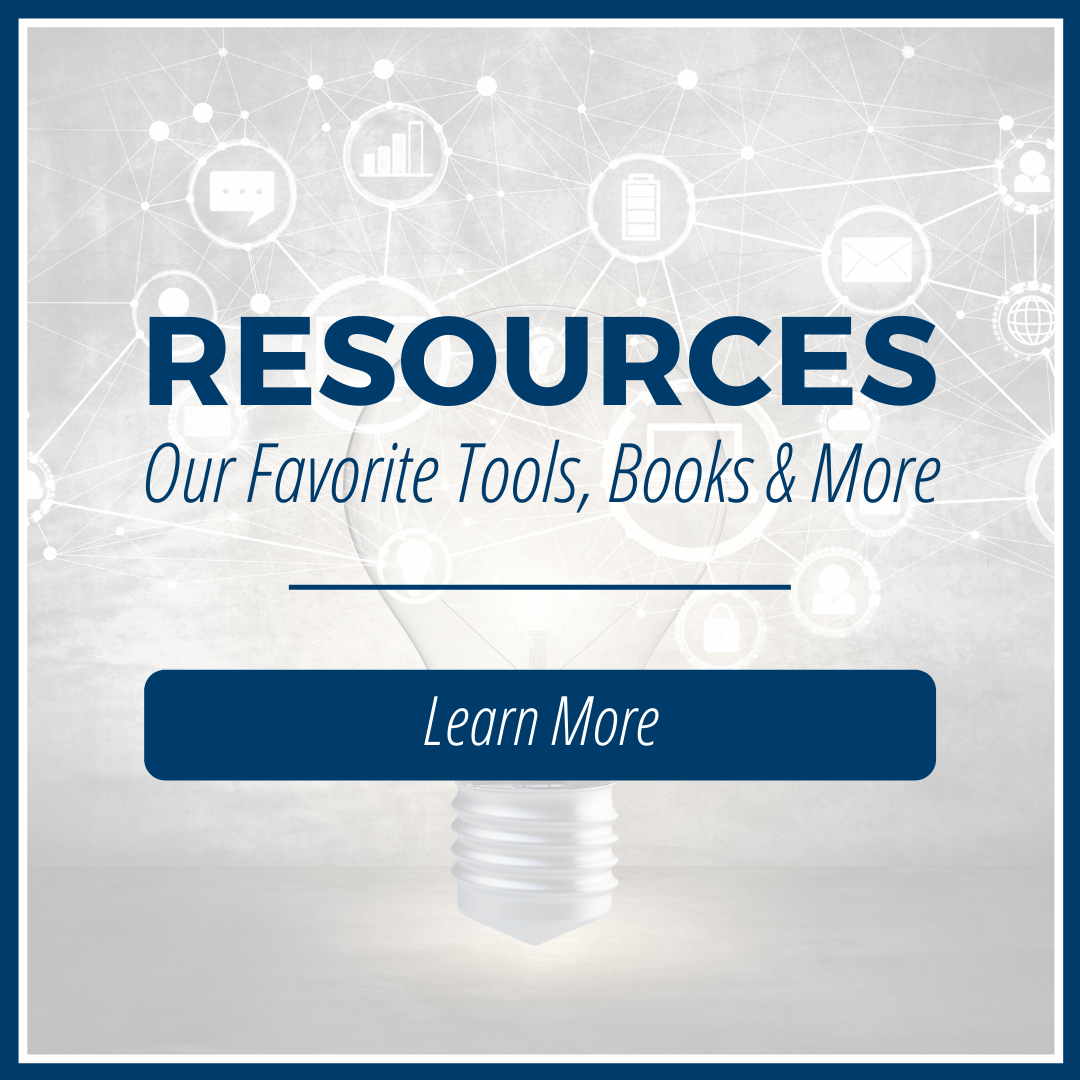The future work of 2025

Pega Systems’[1] 2020 research report projected the changing role of technology in the workplace and what future work will look like by 2025, something that is already here but in different degrees of intensity. In its introduction, it claimed that the 2008 financial crisis set up deep shifts in global economies, and the Covid-19 epidemic became the catalyst or disruptor of organizations to switch to the digital transformation happening across companies worldwide.
In the same vein of concerns about forecasting what the future holds, the World Economic Forum[2] presented its report in November 2021 on the need to begin serious discussions of our disagreements about what is coming. Their report Positive AI Economic Future puts the responsibility of shaping our future into our hands.
Yet although the future might look very different from the past, it is not set in stone. On the contrary, the nature of the technologies we develop, the ways in which we use them, and how we respond to their consequences are all the result of collective decisions that we must make together in the coming decades. If we choose to do so, we can shape these technologies and how they affect our lives.
The W.E.F. Insight Report addresses six areas of concern:
- Shared economic prosperity: AI boosted the global economy 10x; can we share the prosperity?
- Realigned companies: Policies will need to overcome dynamics of concentrated power and wealth.
- Flexible labor markets: Education must keep pace with changing technologies in the workplace.
- Human–centric artificial intelligence: Humans and machines will learn to work together
- Fulfilling jobs: Humans will be more productive with machines by fulfilling and flexible jobs
- Civic empowerment and human flourishing: The need to work less while providing greater well-being.
This Insight report concludes with the hopeful message of enlightened conversation about our future:
This report brings together leading authorities on the future of work from different fields and backgrounds. It summarizes their thinking on the positive AI economic futures that we should want to build in a world of increasingly capable technologies – and how to achieve them.
Returning to Pega’s system on the future work of 2025, we read its introduction as the phenomenon of the present.
The future of work isn’t just a far-off thought – it’s here. Years of global economic and political upheaval have already changed the way we live and work.
It’s changing the way we work. “Zoom” was almost extinct; when Covid-19 arrived, it blossomed into the favorite virtual social device. This new disruption reshaped work flexibility, which launched new and better technologies reducing costs and boosting the quality of work. Digital transformation[3] became the catalyst whereby employers wanted more efficient and higher quality products, employees wanted better technology to improve how they work with intelligent automation, and customers experienced greater satisfaction with their chosen companies across the board.
Businesses are seeing the necessity in the ability to adapt to the needs of customers and employees during unexpected events. The state of the world has motivated organizations to adopt new technology and reflect on how they can better serve their customers and employees, … so they can take on whatever comes tomorrow.
Take-away: The disruptions caused by Covid-19 taught companies to focus on adopting technologies that provide high-quality productivity, engage employees with the intelligent connectivity of automation, and increase greater customer experience with personalization.
Sources:
[1] https://www.pega.com/system/files/resources/2020-09/how-the-future-of-work-changed-in-2020.pdf
[2] https://www3.weforum.org/docs/WEF_Positive_AI_Economic_Futures_2021.pdf
[3] https://www.pega.com/system/files/resources/2020-07/pega-digital-transformation-and-covid-19-ebook.pdf



